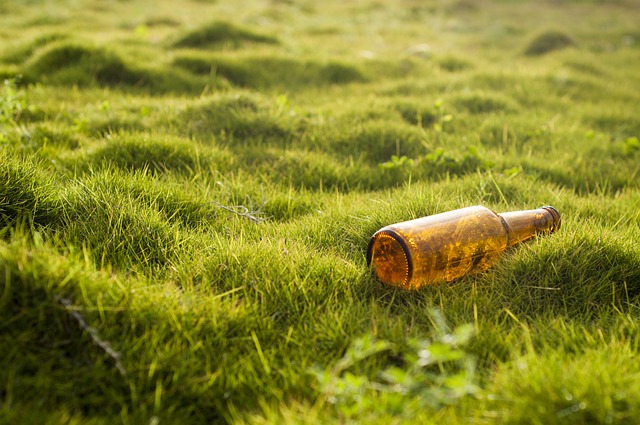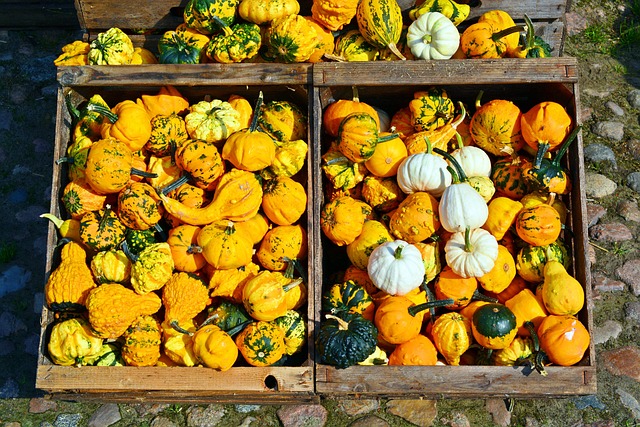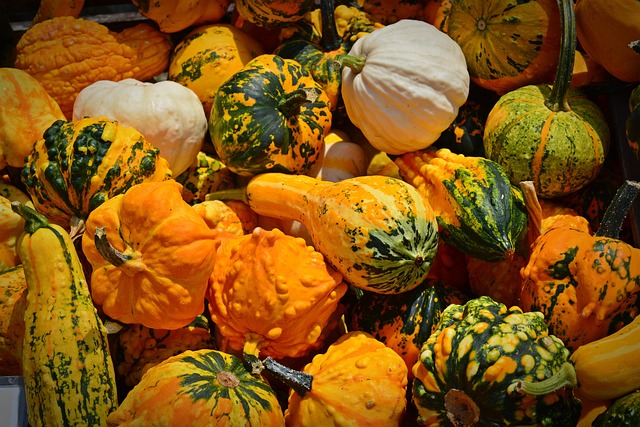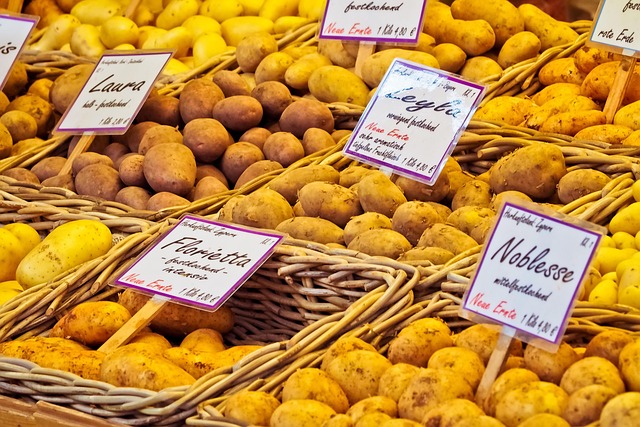Understanding yard waste composition is vital for effective composting. Balancing carbon and nitrogen sources like leaves and grass clippings creates nutrient-rich compost, reducing landfill waste and promoting sustainable gardening practices. Proper segregation of green and brown materials, along with creative recycling methods like vertical gardening and organic mulching, optimizes nutrient delivery, cuts costs, and contributes to environmental sustainability.
Compost creation is an eco-friendly practice that empowers garden enthusiasts to transform organic yard waste into valuable nutrient-rich soil amendments. Understanding the composition of your waste and its benefits is key, as it allows for effective collection and separation techniques. By adopting creative recycling ideas, gardeners can reduce yard waste removal costs while enhancing their gardening success. This article explores these aspects to help you maximize the potential of your green waste.
- Understanding Yard Waste Composition and Benefits
- Effective Collection and Separation Techniques
- Creative Recycling Ideas for Gardeners
Understanding Yard Waste Composition and Benefits

Understanding the composition of yard waste is a crucial step for garden enthusiasts looking to compost effectively. Yard waste includes a diverse range of organic materials such as leaves, grass clippings, plant trimmings, and food scraps. Each component plays a vital role in the composting process and contributes to its overall success. For instance, leaves provide essential carbon, while grass clippings offer nitrogen, creating a balanced mixture crucial for nutrient-rich compost.
Recycling yard waste through composting not only reduces the amount of waste sent to landfills but also offers numerous benefits to garden enthusiasts. It provides a free and sustainable source of fertilizer, enhancing soil structure and promoting healthy plant growth. Additionally, it helps divert organic material from the environment, contributing to a more sustainable and eco-friendly gardening practice.
Effective Collection and Separation Techniques

Effective Collection and Separation Techniques are key to successful compost creation for garden enthusiasts. The first step involves proper Yard Waste Removal, ensuring that organic materials like food scraps, lawn clippings, and dry leaves are segregated from non-biodegradable items. This process not only streamlines composting but also promotes efficient decomposition.
Separating materials based on their composition—green (nitrogen-rich) and brown (carbon-rich)—is crucial. Green materials include fruits, vegetables, and coffee grounds, while brown materials consist of dry leaves, straw, and wood chips. Balancing these components ensures optimal nutrient delivery and accelerates the composting process, ultimately transforming yard waste into rich, nutrient-dense compost that enhances soil health and fosters sustainable Recycling.
Creative Recycling Ideas for Gardeners
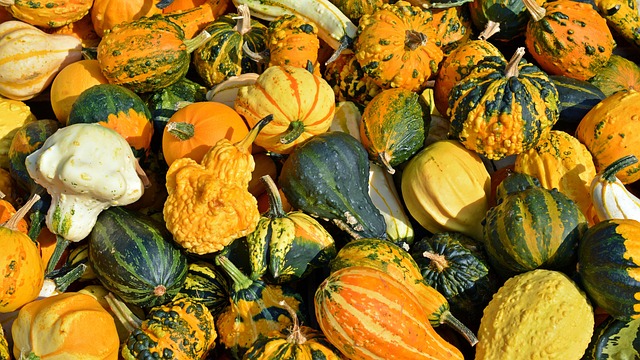
Garden enthusiasts can reduce yard waste removal costs and contribute to a greener environment by embracing creative recycling ideas. Instead of sending organic material to landfills, consider composting. Food scraps, garden clippings, and lawn trimmings can be transformed into nutrient-rich compost that enhances soil structure and promotes plant growth. This simple process not only reduces waste but also creates a valuable resource for your garden.
For those with limited space, vertical gardening techniques offer a creative solution. Utilize old pallets, hanging baskets, or even repurposed containers to grow plants upwards, maximizing your growing area. Additionally, recycling old newspapers, cardboard, and wood chips can create organic mulch that suppresses weeds, retains moisture, and adds valuable nutrients back into the soil over time. By adopting these innovative practices, gardeners can effectively manage yard waste removal while fostering a sustainable gardening ecosystem.
Compost creation is a powerful tool for garden enthusiasts, offering both environmental benefits and enhanced gardening practices. By understanding yard waste composition, implementing effective collection and separation techniques, and embracing creative recycling ideas, gardeners can significantly reduce their impact on landfills while enriching their soil and fostering a sustainable ecosystem right in their backyards. Through proper yard waste removal and recycling, we contribute to a greener future, making our gardens more vibrant and our planet healthier.

